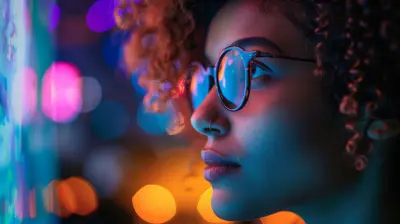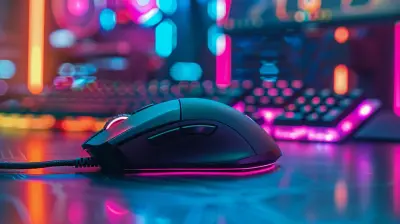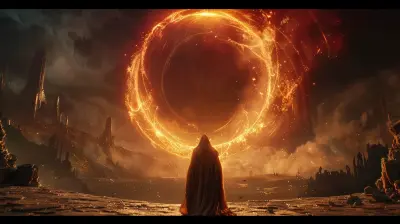How Skin Tones and Body Types Are Revolutionizing Character Design
7 October 2025
Once upon a pixel, character design was pretty... predictable. Think about it—how many times have we seen the same square-jawed hero with a six-pack and the same hourglass-shaped heroine with flawless porcelain skin? It’s like developers had one cookie cutter and just kept hitting Ctrl+C and Ctrl+V until launch day. But guess what? That era ain't trending anymore.
In recent years, there’s been a revolution bubbling under the surface. Now, we're finally seeing character design grow up, glow up, and show up for everyone. It's not just about throwing in one token “diverse” character as an afterthought. Oh no, it's way deeper than that. The way skin tones and body types are being handled in games today is changing how we play—and more importantly, how we see ourselves in the games we love.
So buckle up, gamers. Let’s dive into this wild, wonderful evolution shaking up the digital world.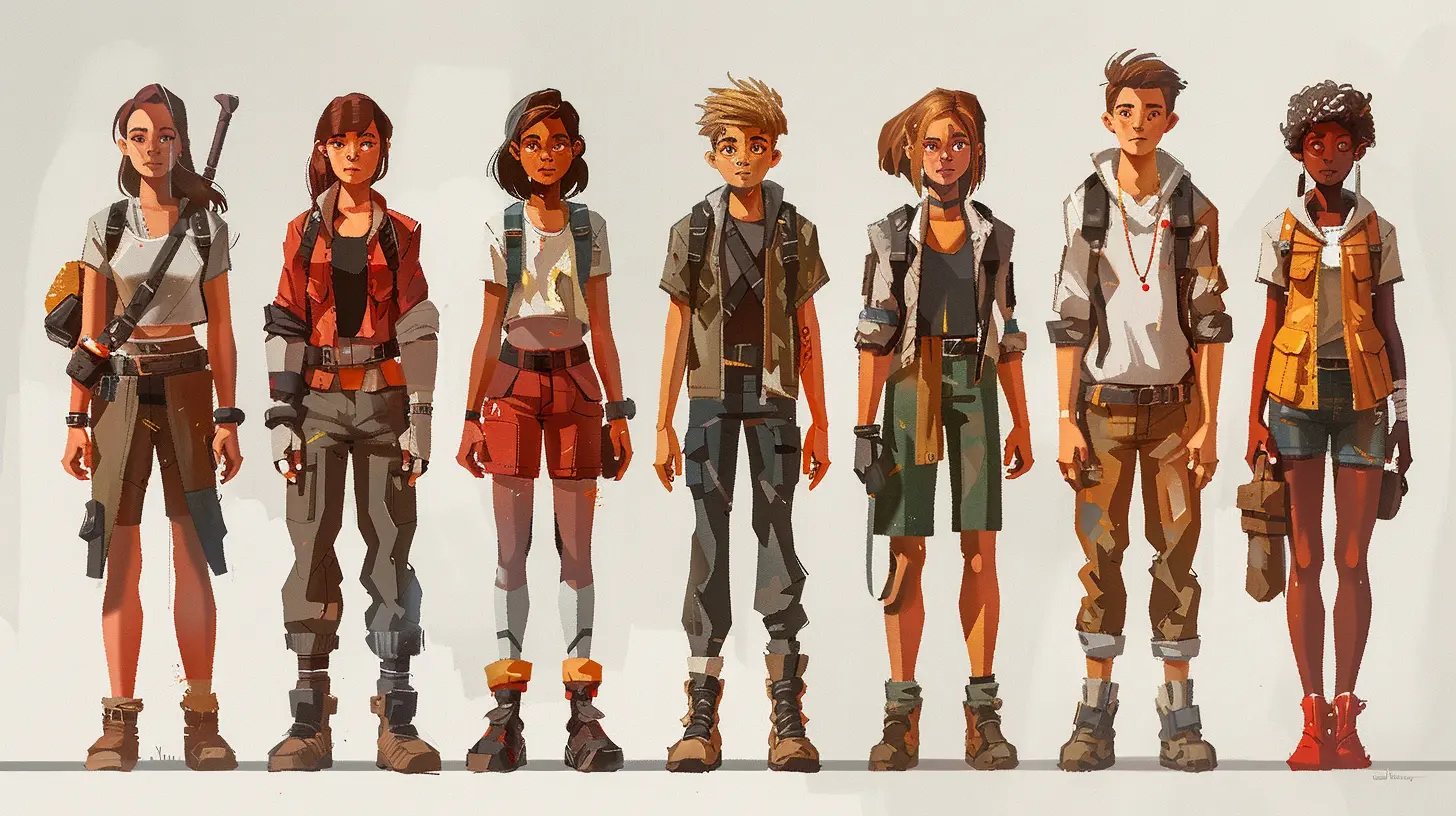
The Pixelated Past: Where Were All the Shades?
Let’s rewind a bit. Back in the 80s and 90s—the golden age of video games—character design was kind of... monochrome. Not literally black and white, but very limited in how it represented diversity. Most main characters were white, muscular dudes. If you did get someone with darker skin, they were probably a sidekick or villain. Yeah, not cool.Why did this happen? Well, a mix of tech limitations, lack of awareness, and straight-up lazy design choices. Graphics had less detail, so developers stuck with simpler designs. But technology evolved, and sadly, the lack of diversity didn’t level up fast enough.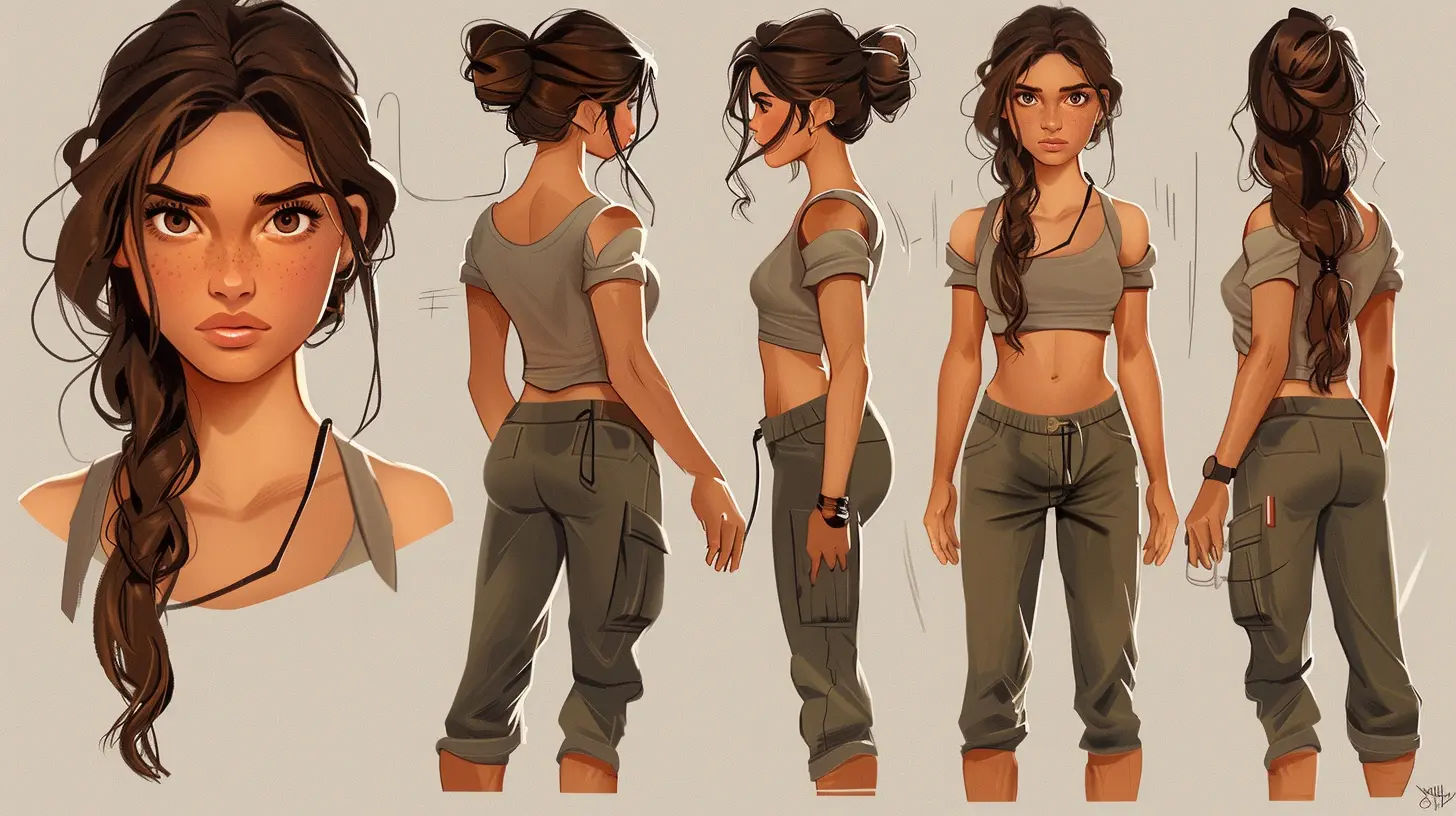
A New Age: Players Want To See Themselves
Fast forward to today—gamers are louder, prouder, and far more vocal. And rightfully so! People want characters who reflect real-world diversity. Different skin tones, body shapes, and cultural backgrounds aren’t “extras” anymore—they’re essential.Game devs are finally catching on. And the result? A refreshing shift from the homogenous norm to a more realistic, more inclusive, and way more interesting gaming landscape. It's like someone finally upgraded from black-and-white TV to full-blown 4K HDR.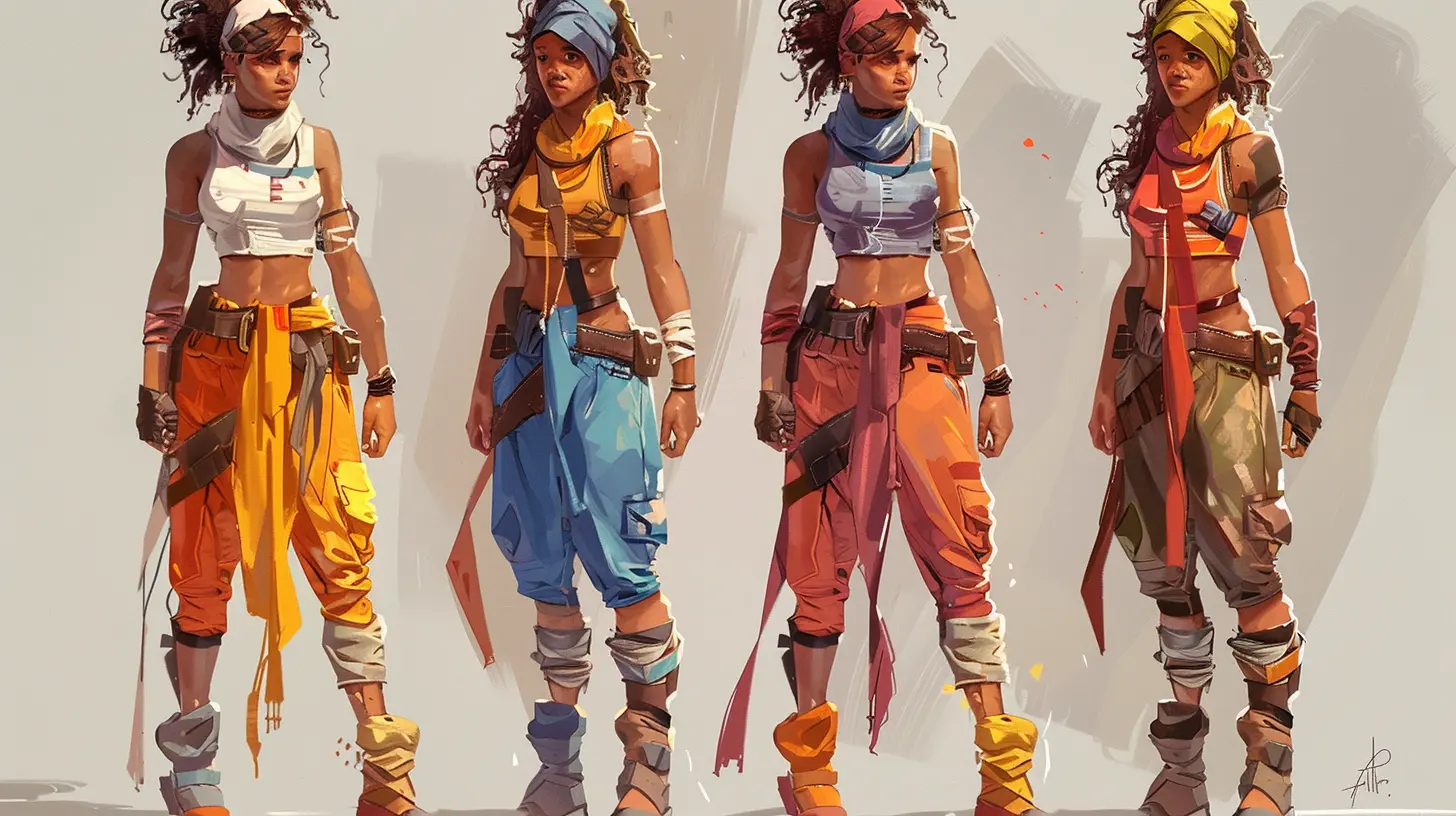
Skin Tones That Actually Look Like Skin
Okay, here’s the tea: there’s more to skin tones than just “light” and “dark.” Human skin comes in a spectrum, and video games are finally embracing that. We’re talking about hues, undertones, and even how skin reacts to light.Characters now come in olive, ebony, caramel, mocha, and everything in between. And it’s not just a visual upgrade—it’s a cultural reset.
Take games like The Sims 4, which had a major update in 2020 that added over 100 new skin tones and a slider for custom ones. It was a big deal, and fans celebrated it hard.
And let’s not forget Cyberpunk 2077, where you can literally customize your character’s melanin levels. That’s a game where your face (and body) tells its own story.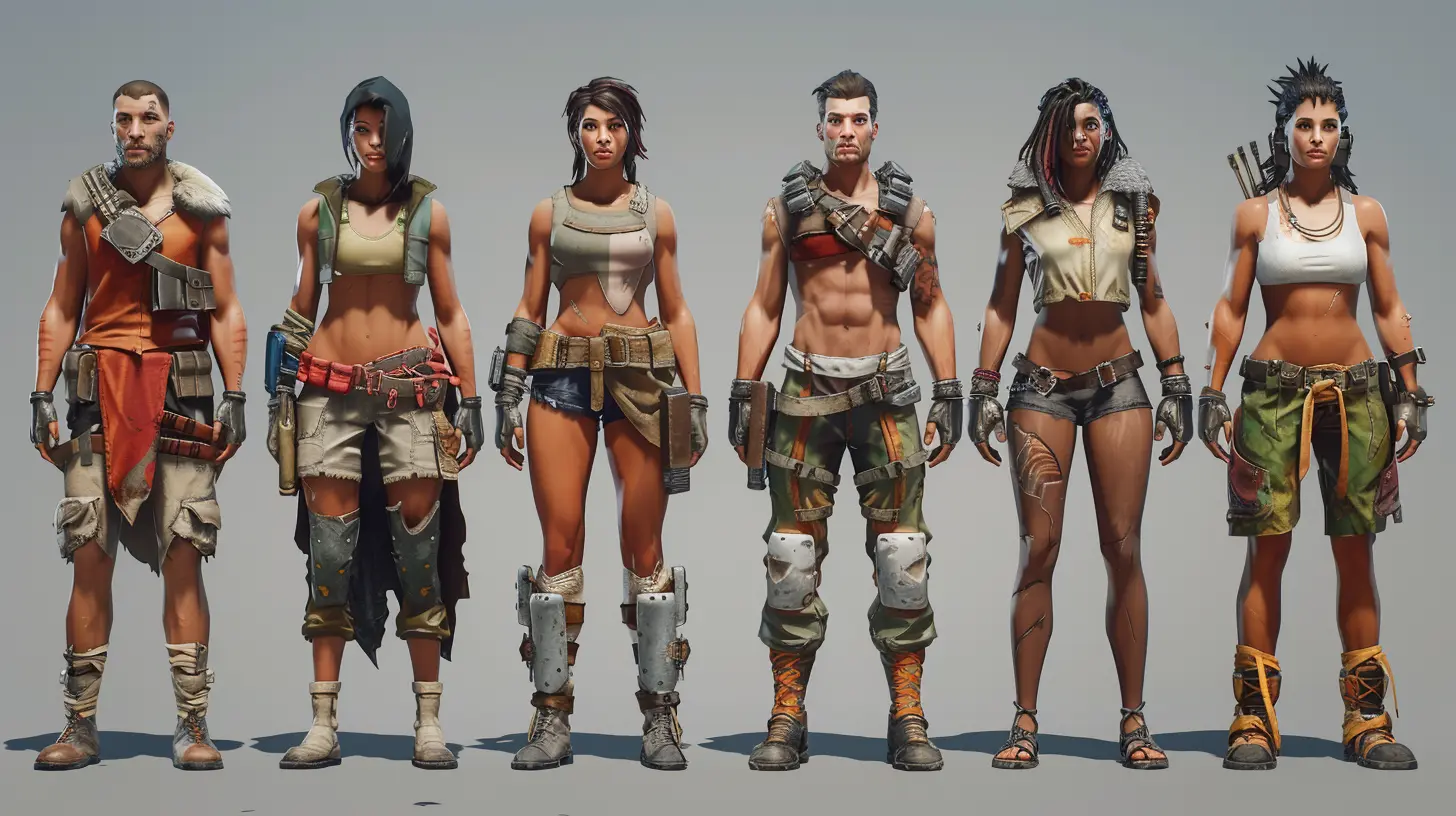
Body Types Breaking the Mold
Alright, let’s talk about bodies. In older games, everyone was built like a model off a fitness magazine. Muscular dudes. Barbie-shaped women. Zero diversity. But tell me—how many people do you actually know who look like that? Yeah, exactly.Today’s character design is changing that narrative. Developers are finally giving us body variety that reflects the real world. Curvy, lean, muscular, petite, tall, short—you name it.
Games like Street Fighter 6 introduced characters with bulkier builds and different athletic types—not just the traditional “ideal.” Meanwhile, Baldur’s Gate 3 lets you be short, chubby, lanky, or anywhere in between. And the best part? These characters are still powerful, heroic, and part of the main storyline.
That’s the magic—representation doesn’t have to mean compromise.
Customization is King
Character customization is the ultimate power move. It’s where players get to write their own story, from hair color down to freckle placement. And skin tone and body type? Yup, they’re front and center.Games like Elden Ring, Dragon Age: Inquisition, and Mass Effect give you deep customization options that let you make characters who look like YOU, not just some default supermodel.
And guess what? Players love it. There’s something magical about creating a character who looks like your reflection—or who looks like someone you admire. It builds emotional connection, and that’s huge for immersion.
Face It—Diversity Sells
Here’s a spicy little fact: inclusive games perform better. Why? Because gamers aren’t a monolith. They’re Black, brown, white, Asian. They’re skinny, curvy, disabled, trans, short, tall. They want to connect with the games they play. So when they feel seen, they come through with that $$$.Titles like Apex Legends, which features a wide range of skin tones, gender expressions, and body types, are proof that diverse representation works. These characters aren’t just “diverse to check a box”—they’re integral to the gameplay and loved by the community.
Indie Devs Leading the Charge
While AAA studios are catching on, indie game developers have been pushing these boundaries for years. With smaller teams and more creative freedom, indie devs often take bold steps toward inclusivity.Take Celeste, a game that touches on mental health and features a trans protagonist. Or Spiritfarer, where characters come in various shapes, sizes, and skin tones—and the game is about helping them say goodbye.
These games prove you don’t need a billion-dollar budget to create meaningful, inclusive experiences.
But It’s Not All Sunshine and Rainbow Hair...
Let’s keep it real: not every game nails it. Sometimes representation feels forced, stereotyped, or half-baked. And don’t even get us started on games that still don’t offer basic customization for diverse features.Representation shouldn't be a feature—it should be built in.
Game devs need to listen to feedback, hire diverse teams, and do the work. Because getting it wrong can backfire fast. Nobody wants a character who’s just a walking stereotype—or worse, a weird caricature of what someone thinks diversity looks like.
Why It Matters (More Than Ever)
Now, you might be thinking, “Okay, cool, so there are more skin tones and body types in games now—but why does it really matter?”Here’s why: Games aren’t just entertainment. They’re stories. They’re experiences. And for many people, they’re also escape, comfort, and connection.
Seeing yourself in a character—truly seeing yourself—is powerful. It builds empathy. It boosts self-esteem. It makes people feel welcome in a community that’s been gatekept for way too long.
Representation in character design validates real-life identities. It tells players, “Hey, you matter. You belong here.”
And isn’t that what games should be about?
What the Future Looks Like
The character design revolution doesn’t end here. It’s just starting.We’re looking at a future where:
- Skin reflects real-world environmental elements (think tan lines, sunburn, vitiligo).
- Body animations are realistic across all body types—imagine a curvy character who doesn’t move like a stick figure!
- Cultural backgrounds, accents, and heritage are baked into character lore—not just slapped on as an afterthought.
- Adaptive designs include physical disabilities, prosthetics, and aging characters.
This is the next level. And if studios keep listening and creating with purpose, character design won’t just be better—it’ll be unforgettable.
Final Thoughts: Representation Is Not a Trend
Here’s the last word: Representation is not a buzzword. It’s not a PR stunt. It’s not something you throw in for brownie points. It’s a necessary shift that makes gaming more vibrant, inclusive, and creative.Whether you’re a player designing your avatar, or a dev sketching your next hero—skin tones and body types matter. They always have. Now we’re just finally giving them the spotlight they deserve.
So the next time you boot up your favorite RPG, take a moment to appreciate that character you created. Because you’re not just customizing a face—you’re shaping the future of gaming.
And it never looked so good.
all images in this post were generated using AI tools
Category:
Character CustomizationAuthor:

Tayla Warner
Discussion
rate this article
1 comments
Solstice McNulty
This article insightfully highlights the positive impact of diverse skin tones and body types on character design in gaming.
October 8, 2025 at 4:28 AM

Tayla Warner
Thank you! I'm glad you found the article insightful. Embracing diversity in character design truly enriches the gaming experience.
